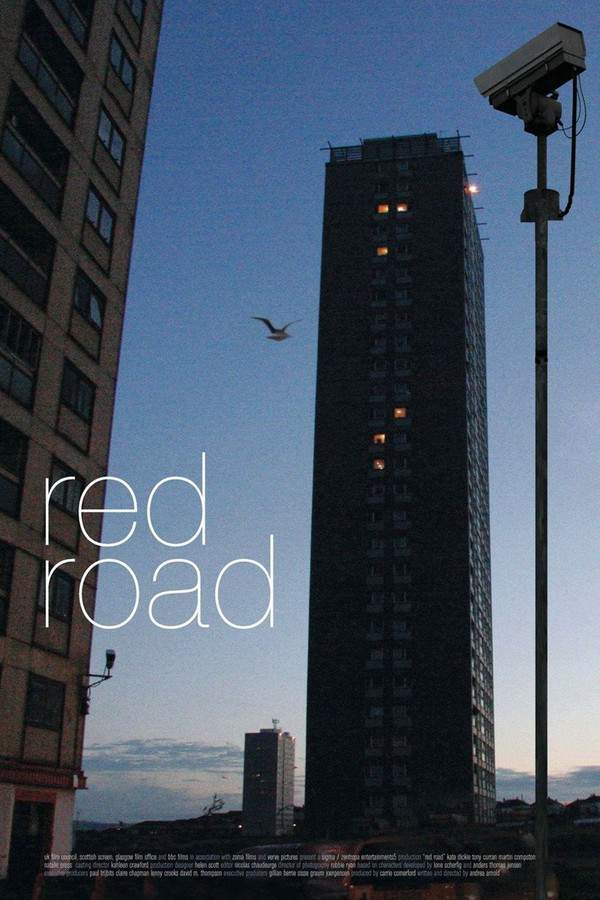
Traces of Red
Year: 1992
Runtime: 105 mins
Language: English
Director: Andy Wolk
When a string of murders shocks Palm Beach, detective Jack dives into a tangled investigation. Every victim is a woman connected to him, and his partner is left without solid leads as the list of suspects swells. The killer taunts them with anonymous letters, and the body count keeps rising.
Warning: spoilers below!
Haven’t seen Traces of Red yet? This summary contains major spoilers. Bookmark the page, watch the movie, and come back for the full breakdown. If you're ready, scroll on and relive the story!
Traces of Red (1992) – Full Plot Summary & Ending Explained
Read the complete plot breakdown of Traces of Red (1992), including all key story events, major twists, and the ending explained in detail. Discover what really happened—and what it all means.
Jack Dobson, Jim Belushi is a Palm Beach homicide detective who finds himself flat on his back with a bullet wound in his chest, and the entire story unfolds in flashback as he pieces together the chain of events that led to that fatal moment. The film opens by laying out a chilling premise: someone has been sending threatening letters to the detective, and both he and his partner, Tony Goldwyn as Steve Frayn, suspect a mob figure he is about to testify against in court. The tension is intensified by the possibility that the threat could also be connected to Jack’s brother, Michael Dobson, who is in the middle of a political campaign for public office, adding a public consequence to the private danger.
As the danger escalates, a series of murders rocks the upright life of Palm Beach. Women are found dead, and lipstick traces left by the killer become a calling card. Ellen Schofield, portrayed by Lorraine Bracco, is a woman Jack has begun seeing, and she becomes entangled in the growing web of suspicion. When Ellen is seen with Jack at a restaurant and shortly afterward a woman who shares that company becomes a victim, the suspicion shifts in a cruel twist toward Jack himself. The narrative leans into the noir mood by suggesting that the danger may be targeting Jack through a lover’s proximity to the case, and the audience is kept guessing about who is truly behind the murders.
As the plot thickens, Jack reveals a deeply personal secret that reframes the entire investigation: he was raped as a child by his former first-grade teacher, Gloria Wurtz. The revelation shifts the focus from external enemies to the darkest recesses of Jack’s own past, complicating the motives of everyone around him. Steve, trying to understand the mounting chaos, learns from Michael that the roots of the violence run through a family history of abuse that has been carefully concealed. The fallout is immediate: Steve’s professional path collides with his personal life when he begins an affair with Ellen, much to the dismay of his wife Beth Frayn, portrayed by Faye Grant, and to Jack’s growing sense of betrayal as a fellow officer and ally.
The tension reaches a fever pitch when Ellen’s death occurs, prompting Jack to pull Beth aside and retreat to a secluded getaway home with Steve’s wife in tow, a move that defies standard police procedure and tests the limits of loyalty. In the getaway house, evidence starts to pile up showing that Jack might indeed be the killer, and Steve and Michael race there with the intent of stopping him. A confrontation ensues: Jack is poised to strangle Beth when Steve, stepping in as a kind of moral counterweight, orders Jack to freeze. Jack pushes Beth aside and draws his weapon, but Steve fires first, ending Jack’s life. In a moment of narrative self-awareness, Jack speaks in a reflective voice over, saying, “I guess you probably thought that I was some kind of hero when you first saw me laying there, at the beginning. Wrong. But the story wasn’t over … not yet.”
What follows reframes everything. It is revealed that Michael is the actual killer all along, and Jack’s apparent murder was a calculated ruse to fool his brother into a false sense of security and to cast suspicion away from Michael. The plan appears to be working as Michael is shown alone with a woman in a hotel room, ready to carry out another crime. Steve bursts in with his gun drawn and orders Michael to freeze, exposing the trap in place. Jack is not dead; the revelation hits Michael with a double shock: his brother is alive and standing before him. Jack asks Steve and the woman to step away so he can speak to Michael alone, allowing for a final, intimate confrontation between brothers.
The climactic moment arrives when Michael, in a desperate bid to reclaim control, disarms Jack and then takes his own life with a shot to the temple. The film lingers on the aftermath—the weight of deception, the unraveling of long-buried pasts, and the uneasy peace that follows. The ending frames a quiet, almost anti-climactic closure: Steve asks Jack if he is ready to move forward after the tragedy of his brother’s death, and Jack, with a stoic resolve, offers the restrained confirmation, “I will be.”
I guess you probably thought that I was some kind of hero when you first saw me laying there, at the beginning. Wrong. But the story wasn’t over … not yet.
The narrative then loops back to the opening, underscoring the uneasy truth that, in a world of secrets and betrayals, certainty is a fragile currency and redemption is rarely complete. The film keeps its emotional core tightly focused on Jack’s haunted past, the dangerous intertwining of family ties and criminal motive, and the fragile balance between truth and vengeance. Throughout, the performances carry the weight of a story that moves deliberately, never rushing to neat conclusions, while the quiet, unfolding revelations invite the audience to reconsider every relationship and motive that drove the plot. The final tone is restrained but resolute, a reminder that the idea of heroism can be as complicated as the people who live with its consequences.
Last Updated: October 09, 2025 at 11:27
Unlock the Full Story of Traces of Red
Don't stop at just watching — explore Traces of Red in full detail. From the complete plot summary and scene-by-scene timeline to character breakdowns, thematic analysis, and a deep dive into the ending — every page helps you truly understand what Traces of Red is all about. Plus, discover what's next after the movie.
Traces of Red Timeline
Track the full timeline of Traces of Red with every major event arranged chronologically. Perfect for decoding non-linear storytelling, flashbacks, or parallel narratives with a clear scene-by-scene breakdown.

Similar Movies to Traces of Red
Discover movies like Traces of Red that share similar genres, themes, and storytelling elements. Whether you’re drawn to the atmosphere, character arcs, or plot structure, these curated recommendations will help you explore more films you’ll love.
Explore More About Movie Traces of Red
Traces of Red (1992) Scene-by-Scene Movie Timeline
Traces of Red (1992) Movie Characters, Themes & Settings
Traces of Red (1992) Spoiler-Free Summary & Key Flow
Movies Like Traces of Red – Similar Titles You’ll Enjoy
Red White & Blue (2010) Story Summary & Characters
Red Road (2007) Story Summary & Characters
Colors of Evil: Red (2024) Film Overview & Timeline
Red Letters (2000) Complete Plot Breakdown
Red: The Dark Side (2007) Film Overview & Timeline
Red Eyes (1982) Detailed Story Recap
Red Flags (2022) Movie Recap & Themes
Red to Kill (1994) Complete Plot Breakdown
Portrait in Red (1995) Detailed Story Recap
Red Corner (1997) Ending Explained & Film Insights
Red Team (1999) Film Overview & Timeline
My Dear Killer (1972) Story Summary & Characters
Redball (1999) Complete Plot Breakdown
Red Silk (1999) Spoiler-Packed Plot Recap
The Red Pastures (1962) Detailed Story Recap

















